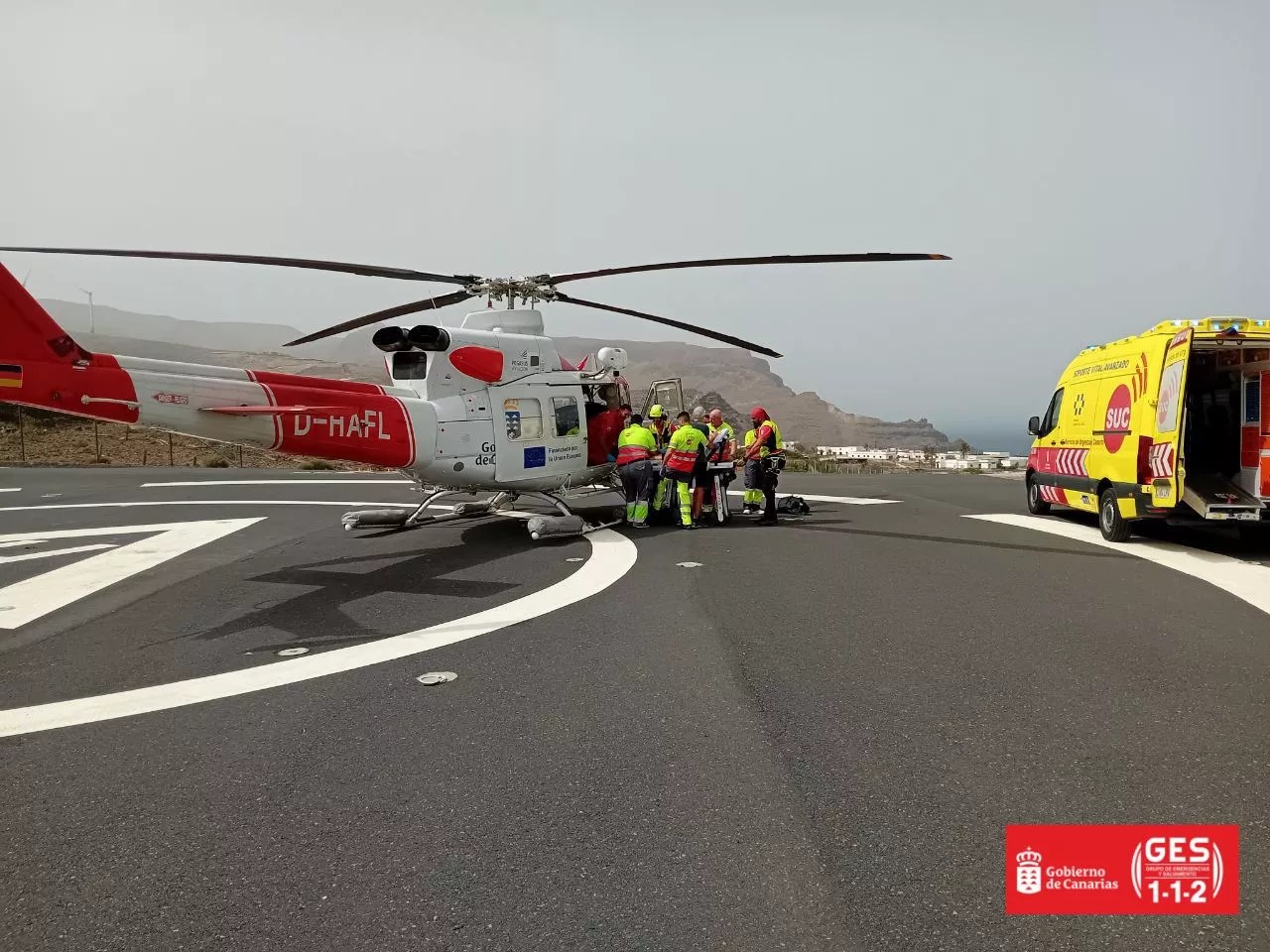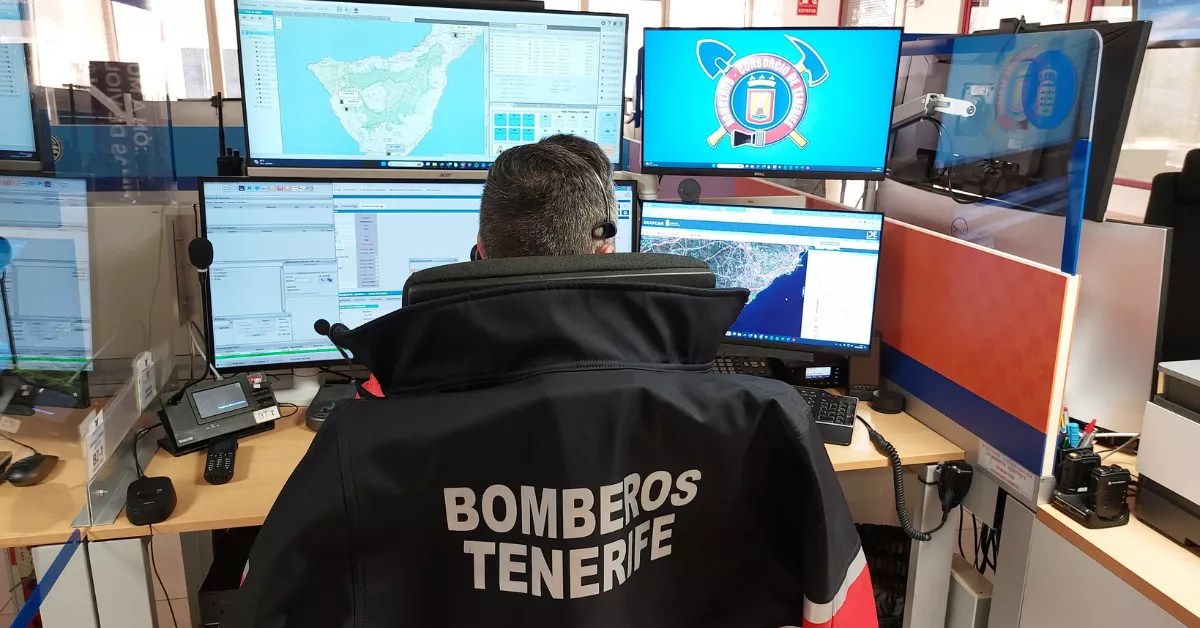The San Miguel City Council’s plenary session has given the green light to the transfer of three municipal plots, two situated in Llano del Camello and one in the lower area of Las Chafiras, to the Canary Islands Housing Institute (ICAVI), an entity under the Government of the Canary Islands. The purpose is to construct “approximately 150 public homes,” as per the projections managed by the southern council.
“This land is exclusively reserved for that use,” stated Arturo González, the mayor of San Miguel, to this publication yesterday. He emphasised that priority will be given to individuals registered in the municipality’s housing applicants register. The councillor expressed confidence in the Canarian Housing Institute expediting the administrative process to “develop the apartments as quickly as possible” due to “the severe issue” of housing in the south of Tenerife.
Simultaneously, the San Miguel de Abona City Council is in the process of acquiring 23 houses to provide them for social rent to those most in need. This endeavour is supported by the Cabildo, with the island institution contributing 970,649 euros, while the council has an allocation of 1.5 million. The San Miguel de Abona City Council has decided against requesting the Government of the Canary Islands to declare the municipality as a stressed residential area. Instead, they have chosen a “more practical” approach, according to the mayor, such as acquiring pre-built houses, which “enables us to save time.”
COMMERCIAL VESSELS
In addition to the efforts to address the housing shortage and high rental costs, the San Miguel de Abona City Council is collaborating with the Cabildo on another project to diversify its economy and enhance its identity as a rural and tourist municipality. The governing body will present a proposal to transfer industrial warehouses to the Cabildo, in Llano del Camello, during the upcoming plenary session. This transfer aims to establish regional agricultural extension offices that specialise in advising and supporting farmers and livestock breeders in their rural areas to optimise their resources.
















